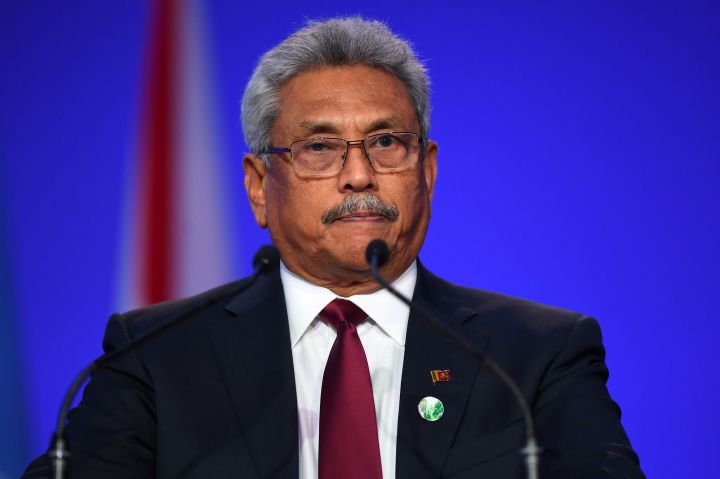Business Maverick
Sri Lanka president plans to resign after presidential palace stormed

Economic activity has ground to a halt as citizens endure hours-long daily power outages. Anger against the president had been brewing for months as the country is in the worst tailspin of its independent history, with inflation seen hitting 70%.
Sri Lankan President Gotabaya Rajapaksa will step down this week, after angry protesters swarmed his official residence and offices.
Rajapaksa will resign on Wednesday to ensure a smooth transition of power, Parliament Speaker Mahinda Yapa Abeywardena said in a televised announcement late on Saturday. He’s stepping down as a concession to various party leaders, who had requested he quit to put an end to soaring public anger.
The resignation marks a possible turning point for the bankrupt country, which is struggling to pay for food and fuel imports. International Monetary Fund representatives said they plan to continue technical discussions with the finance ministry and the central bank.
Rajapaksa left the presidential palace at about 10am, as protesters pushed past tear gas and water cannons to storm the residence, his secretary Gamini Senarath said. Rajapaksa’s whereabouts are unknown.
Rajapaksa told Bloomberg News in an interview last month that he would finish the remaining two years in his term but won’t stand for re-election, saying he couldn’t leave as a “failed president”.
Civil-rights activists, religious leaders and artists were among thousands from across the South Asian island who gathered on Saturday at an oceanfront protest site near the presidential residence in the capital, Colombo.
Anger against the president has been brewing for months as the country is in the worst tailspin of its independent history, with inflation seen hitting 70%. Rajapaksa had side-stepped demands for his resignation, despite all his family members in government quitting. He appointed long-time opponent Ranil Wickremesinghe as prime minister in May after the largely peaceful protests turned violent.
Wickremesinghe also announced his resignation on Saturday. Within hours of the decision, protesters set fire to his private residence. Wickremesinghe is safe, his office said in a text message, without elaborating.
Economic activity has ground to a halt and citizens continue to endure hours-long daily power outages as the country struggles to buy fuel. The Central Bank of Sri Lanka on July 7 raised borrowing costs by 100 basis points as prices continued their record rise in June, driven by the shortages amid depleted foreign-exchange reserves.
Authorities are banking heavily on multilateral institutions, including the IMF, and friendly countries, for aid to tide over the crisis.
The fund hopes for a resolution that allows resumption of talks on an IMF-supported programme, Peter Breuer and Masahiro Nozaki, senior IMF mission representatives to Sri Lanka, said. Meanwhile, “we plan to continue technical discussions with our counterparts in the Ministry of Finance and Central Bank of Sri Lanka”, they said.
Rajapaksa earlier said the opposition-supported protests would “set the country back once again”.
“At a time when successful solutions have been achieved to the existing problematic situation, the programme of the opposition political groups to mislead the people is very sad and unpleasant,” the president said in a statement on July 8. BM

















 Become an Insider
Become an Insider
Comments - Please login in order to comment.